British Ferrograph Recorder Co
(page recommended and content sent by Richard Glenn - sourced from Grace's Guide)
British Ferrograph Recorder Company, of South Shields, makers of tape recorders and audio equipment Founded in 1949. The earliest ad we've come across was 1953 and the last review was from 1974.
The original company
Wright and Weaire of 740 High Road, Tottenham, London, N.17. Telephone: Tottenham 3847-8. Cables: "Writewea, London"
1920 Incorporated as a private company for purposes of acquiring the instruments business of Messrs J.G. Wright and T.G.Weaire
1922 Wright and Weaire, or WW as they became known, started manufacturing radio components from a factory in Tottenham, London.
1928 Richard Merrick started work with Wright and Weaire as a tester and inspector of components.
Another young man who started at Wright and Weaire in those early days was Ernest Niblett. Acknowledged as the "Architect" of the company's post-war success, he became joint managing director with Richard Merrick.
1929 Listed Exhibitor - British Industries Fair. Manufacturers of Wireless Apparatus, Component Parts, Accessories. (Stand No. MM.62)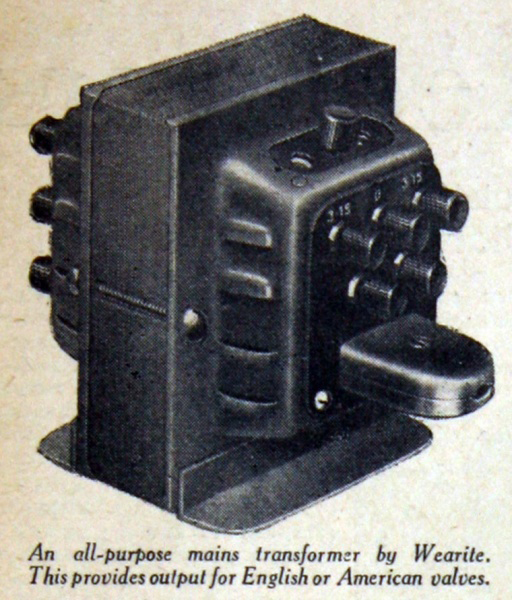
1933 Wright and Weaire began importing a new design of super-heterodyne coil for radio tuning systems from Gabriel Suchestow of Vienna. The demand from amateur radio enthusiasts for these products was such that a small factory was set up to manufacture them in the UK. Gabriel Suchestow sent over his nephew Theodor Kolb to take charge commercially and their chief engineer George Nissen to supervise the engineering and production of the product.
This enterprise was a great success and everyone concerned prospered from the venture. However, Theodor Kolb was recalled to Vienna and George Nissen left the UK when rumors of European unrest became rife.
1935 Merrick had achieved the position of Sales Manager.
1937 Electrical instrument manufacturers.
1939 See Aircraft Industry Suppliers
WWII. From 1940 to 1945, Wright and Weaire manufactured a range of plugs and sockets that went into the making of the "Williamson" Aircraft Cameras, in addition to a vast number of parts for war planes including the De Havilland Mosquito
Other items manufactured by the company were electrical devices for field radios. Most notable of these was the "Vibrator" powered from a DC battery, it chopped the current derived and fed it into a transformer to step it up as an AC voltage, for use by portable field radio equipment. This produced a high voltage AC, from a low voltage source.
Post-WWII. By the end of the war Joseph Wright and Thomas Weaire announced their decision to retire and offered the company to Richard Merrick, Ernest Niblett and Walter Berridge (the company secretary) on advantageous terms and they accepted this offer without hesitation.
1945 Started to transfer production from Tottenham to a bigger factory at South Shields; the move was complete within a year. The closure and sale of the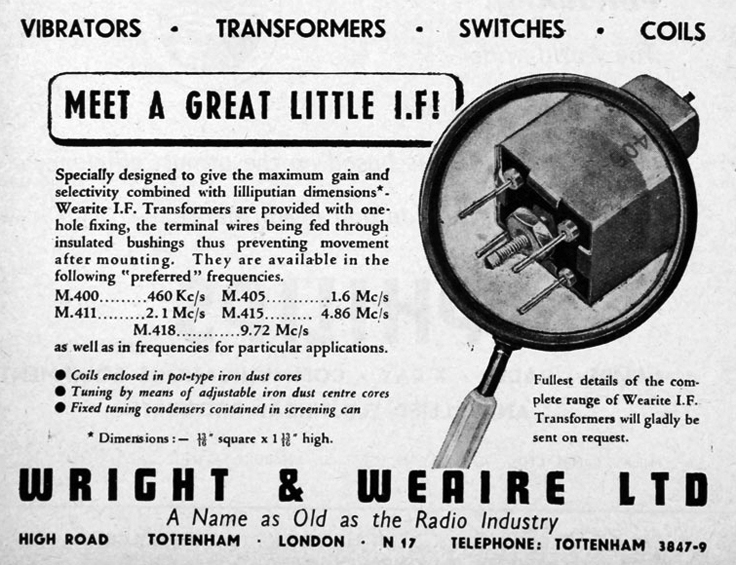 Tottenham factory produced a number of problems. None of the senior management from Tottenham wanted to move from London to the North East. As Wright and Weaire had always produced their own machine tools, this proved quite a problem. This set-back was overcome to some extent by setting up a small tool-making and component factory run by Wright and Weaire's two top designers Renard and Dare, who were made Managing directors and from whose names the company of "Rendar" was founded. Rendar manufactured high quality plugs and sockets for the electronics industry.
Tottenham factory produced a number of problems. None of the senior management from Tottenham wanted to move from London to the North East. As Wright and Weaire had always produced their own machine tools, this proved quite a problem. This set-back was overcome to some extent by setting up a small tool-making and component factory run by Wright and Weaire's two top designers Renard and Dare, who were made Managing directors and from whose names the company of "Rendar" was founded. Rendar manufactured high quality plugs and sockets for the electronics industry.
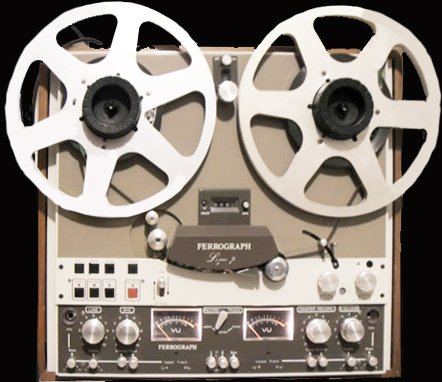 The end of hostilities also put demands on many companies to find new markets, and put into use the advances in technology that often result from research done for military purposes. Miniaturization and tropicalisation were two of the things that WW had been involved in during the war, and which became standard practice in products from then on. The government of the day impressed on every manufacturer the need to produce goods for export to earn money that would enable Britain to be rebuilt after a costly war effort.
The end of hostilities also put demands on many companies to find new markets, and put into use the advances in technology that often result from research done for military purposes. Miniaturization and tropicalisation were two of the things that WW had been involved in during the war, and which became standard practice in products from then on. The government of the day impressed on every manufacturer the need to produce goods for export to earn money that would enable Britain to be rebuilt after a costly war effort.
This resulted in Mr. Merrick paying a visit to Paris, where French manufacturers who had been in similar markets to Wright & Weaire, who were producing new products of advanced designs. One of these manufacturers was "Bobinages Renard" with whom the exchange of certain processes and designs were negotiated. An exchange of visits by English manufacturers to French counterparts and by the French to English factories resulted in exhibitions of their manufacture in both London and Paris.
1947 During one of these exhibitions Richard Merrick was introduced to an American named Louis Fishoff, who had the foresight to recognize the importance of tape recording as a new growth market, and finally succeeded in convincing Richard Merrick to investigate the possibility of producing a tape recorder.
Louis Fishoff's insistence was such that Richard Merrick passed his thoughts onto Ernest Niblett, who confessed that he had been interested in this technology for some time, so the decision was made then and there to pursue the matter immediately. The result, the Wearite Tape Deck. A factory was established at South Shields; a team of six technical engineers was engaged and, by the middle of 1948, the first Ferrograph recorder was produced.
British Ferrograph Recorder Company founded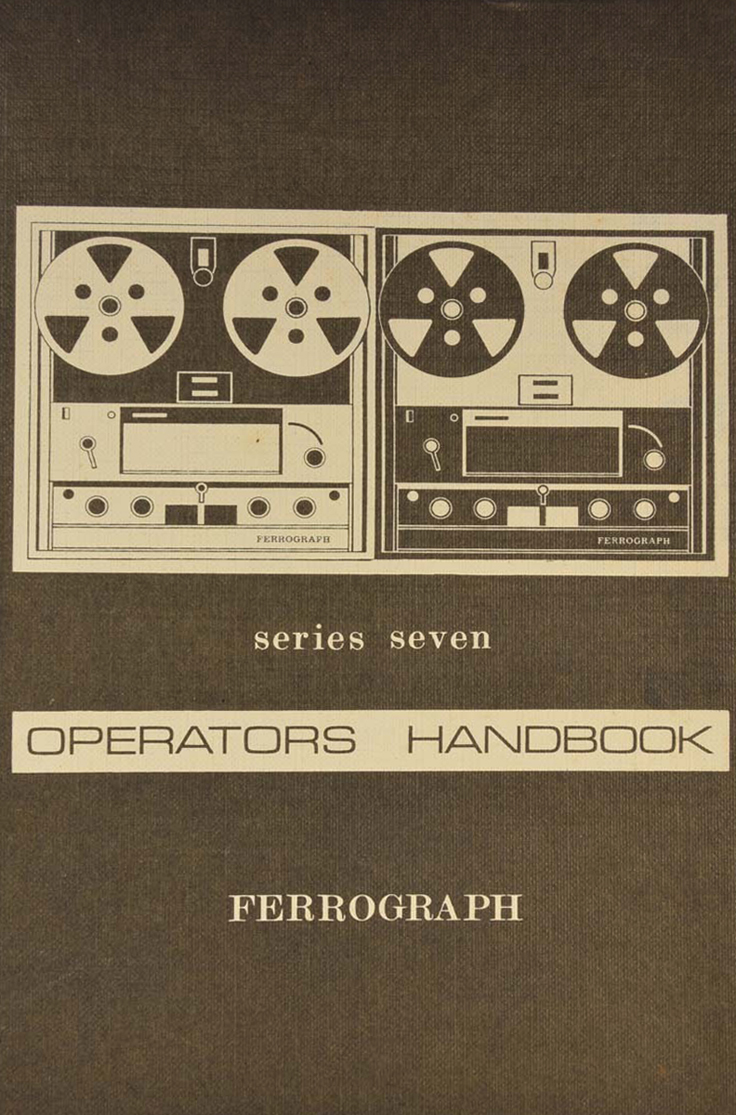
1949 A separate private company for marketing tape recorders was established, the British Ferrograph Recorder Co Ltd, owned by the same shareholders as Wright and Weaire[1].
1950 Patent - Improvements in and relating to recording apparatus.
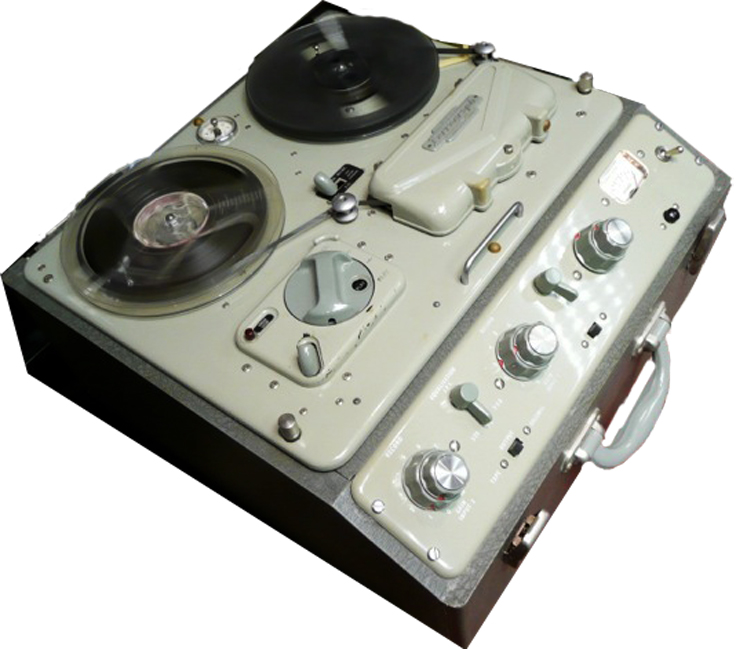 1955 Wright and Weaire was converted into a public company and acquired the share capital of Ferrograph.
1955 Wright and Weaire was converted into a public company and acquired the share capital of Ferrograph.
1957 Patent - Improvements relating to demagnetizing devices.
1958 The name of Wright and Weaire was changed to the Ferrograph Company; manufacturing activities transferred to a new subsidiary Wright and Weaire Ltd.
Production of the Ferrograph range continued unabated until the late 1960's.
1959 Ferrograph was absorbed by the Wilmot Breeden Group and it was decided to add to their hi-fi range with higher powered amplifiers, radio tuners and monitor loudspeakers.
07/23/21 email from Iain Elliott - " I can add to the end of the Ferrograph piece, as Canford bought Lee James Electronics Ltd in 1995 and employed many of the staff.
"1977 Falling sales resulted in heavy financial losses for the company. In order to safeguard jobs the National Enterprise Board arranged a marriage between Ferrograph and North East Audio Laboratories Ltd (NEAL), manufacturers of studio cassette recorders, with the company then trading as NEAL Ferrograph Ltd.. Production of the whole range, plus the NEAL cassette recorders, continued in the original Ferrograph factory in South Shields, with the exception of the ARA1 cathode ray tube response unit.
Sales of both hifi products and the Ferrograph recorders continued to decline (the Ferrogrpah 7 was very dated by then, and the Ferrograph 8 made little impact against Studer and others) and in 1981 the company failed again and passed into the hands of the receiver. From this, three companies emerged. Ferrograph Spares and Service Ltd, Audio Video Marketing Ltd and Lee James Electronics Ltd. The spares and servicing company did just that, AVM were responsible for the new Ferrograph range of display screen signage (the name lived on for many years) and the third company was effectively the original NEAL company re-born, run by the two founders. The name came from Alan Lee Helliwell and Dr. Duncan James Mitchell.
Ferrograph RTS2 Tape Recorder Test Set
In 1995, the Canford Group purchased Lee James Electronics Ltd on the retirement of one of the owners. By then the manufacture of studio cassette recorders (eg. the 302) had ceased, with all production being specialist interview recording machines for the police and other law enforcement. Canford continued to build the cassette-based machines until 2012 by which time they had become uneconomic due to very low volumes, and had been replaced by equivalent devices recording on CD. The NEAL recorders have become an icon, featuring is a large number of high profile TV crime series.
As far as we are aware, Canford was the last remaining manufacturer of cassette recorder mechanisms in Western Europe."
Regards Iain
www.canford.co.uk and www.neal.co.uk

Ferrograph RTS2 Tape Recorder Test Set
Ads from the Museum Archives
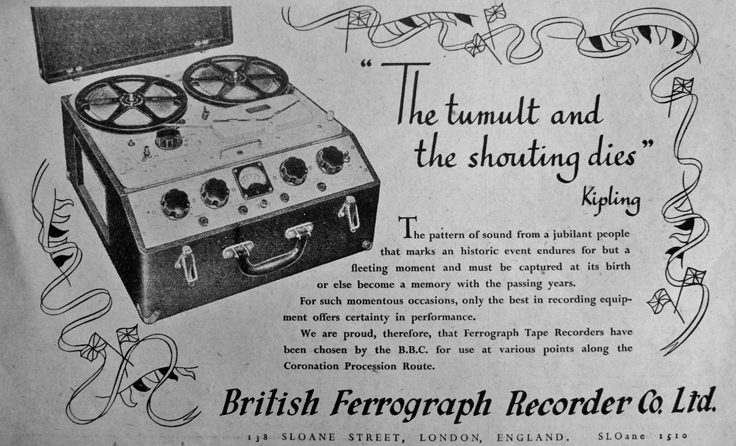



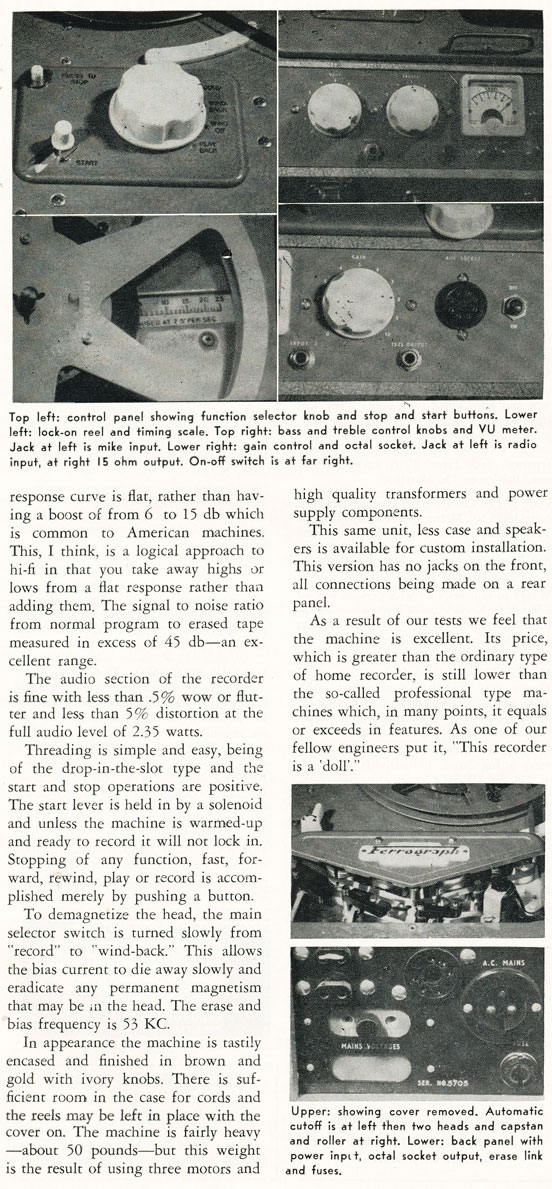
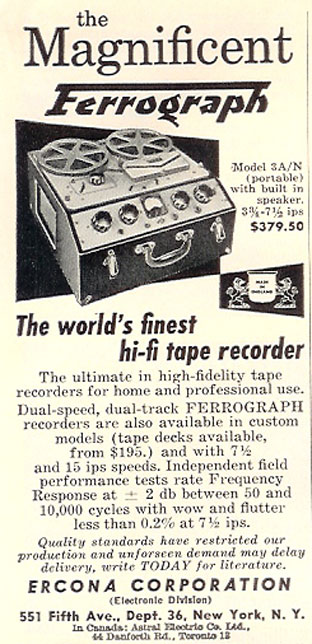

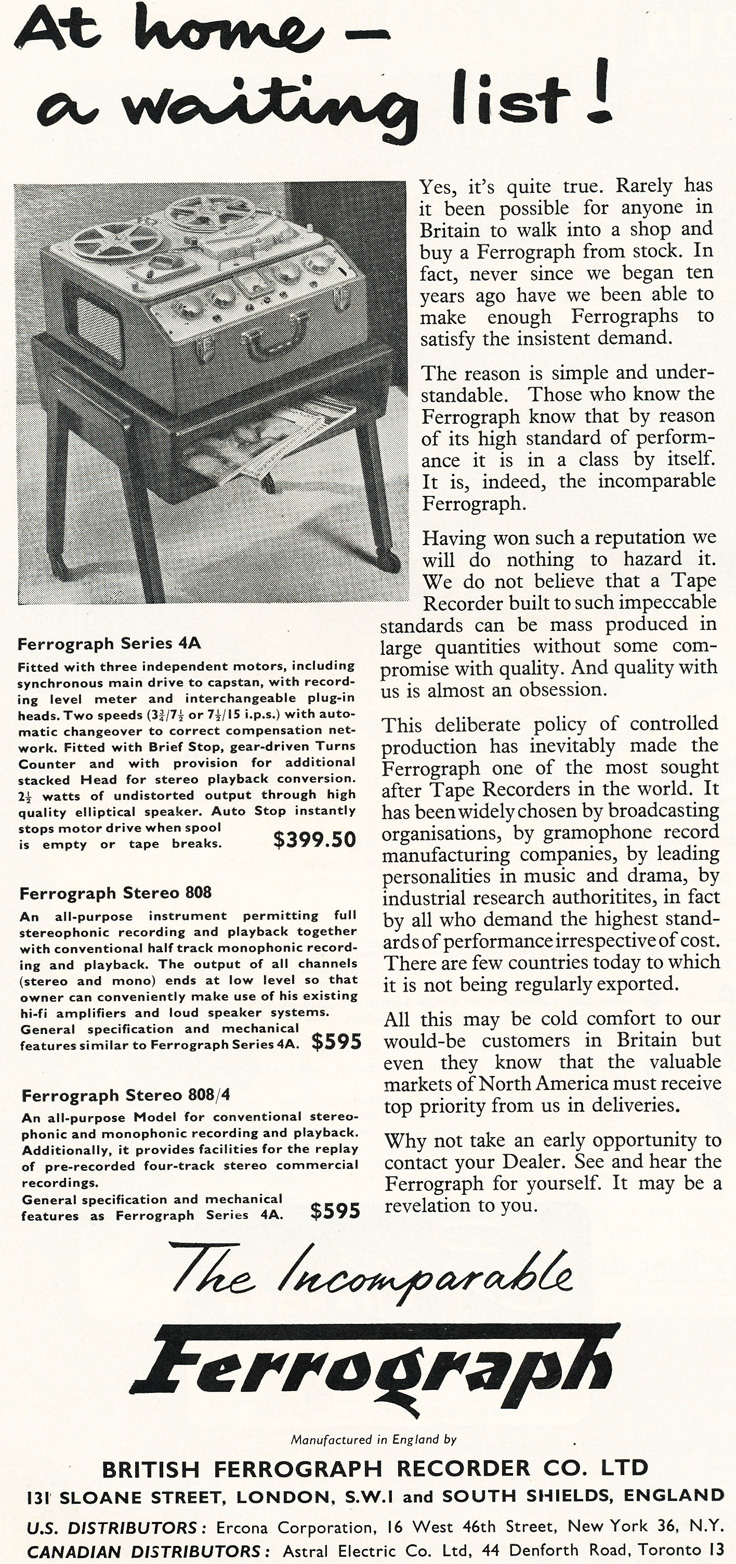

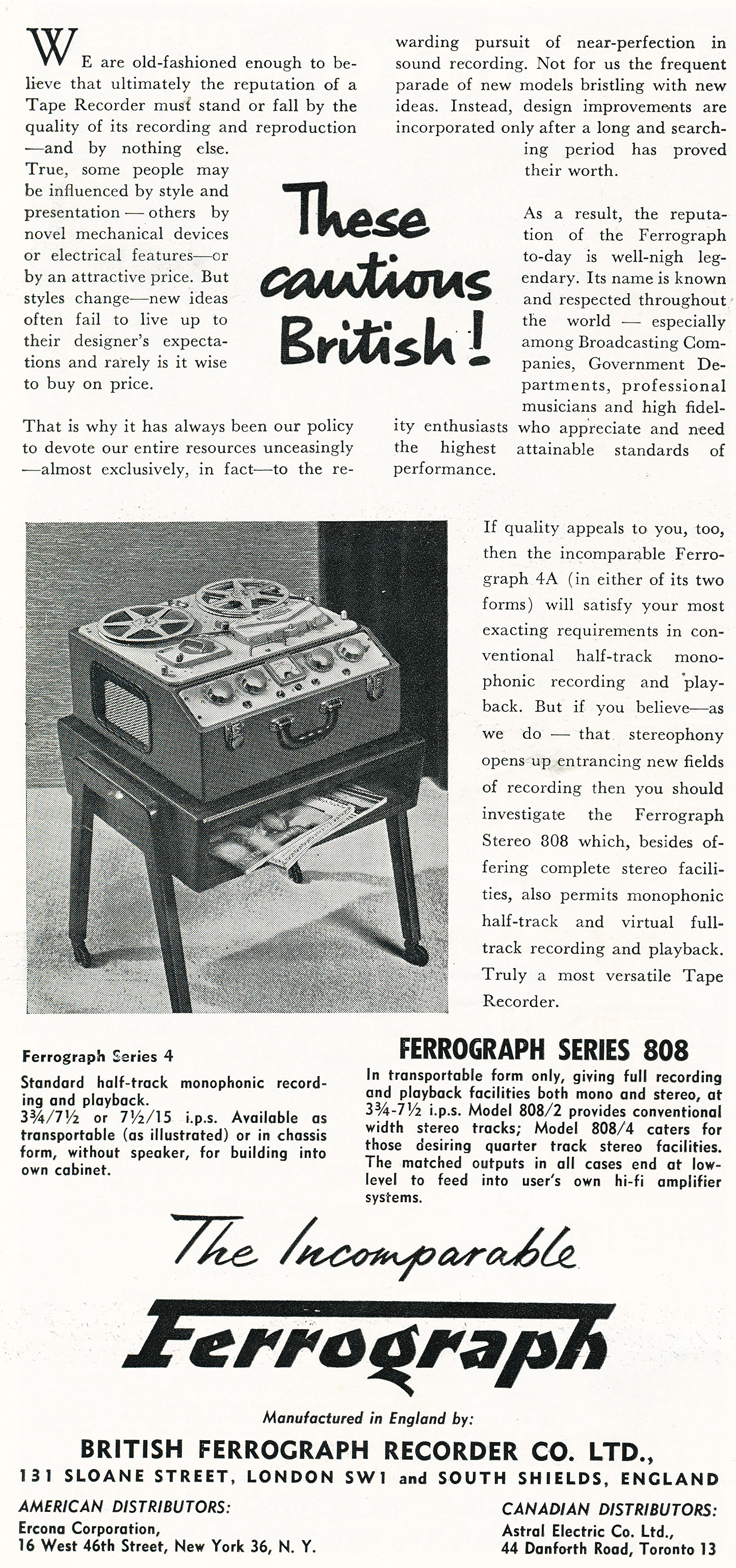
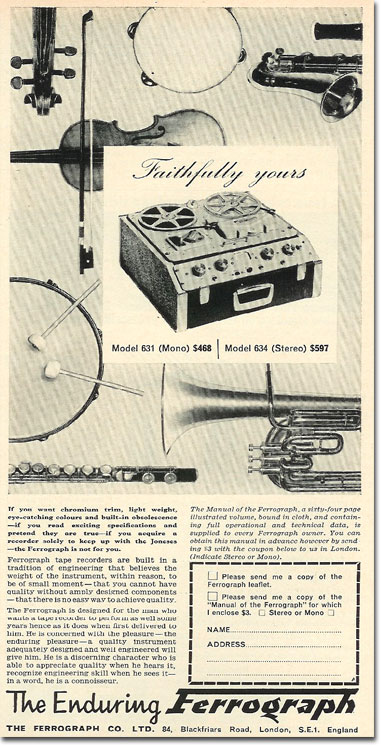


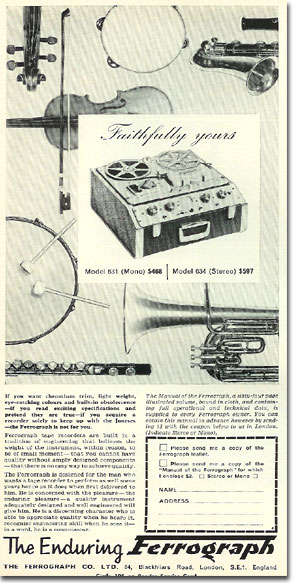
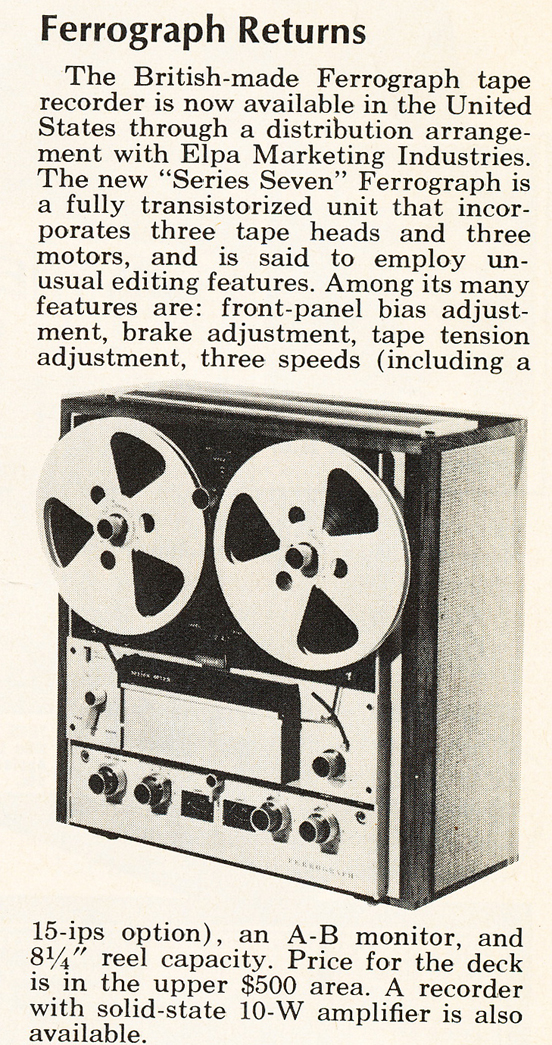
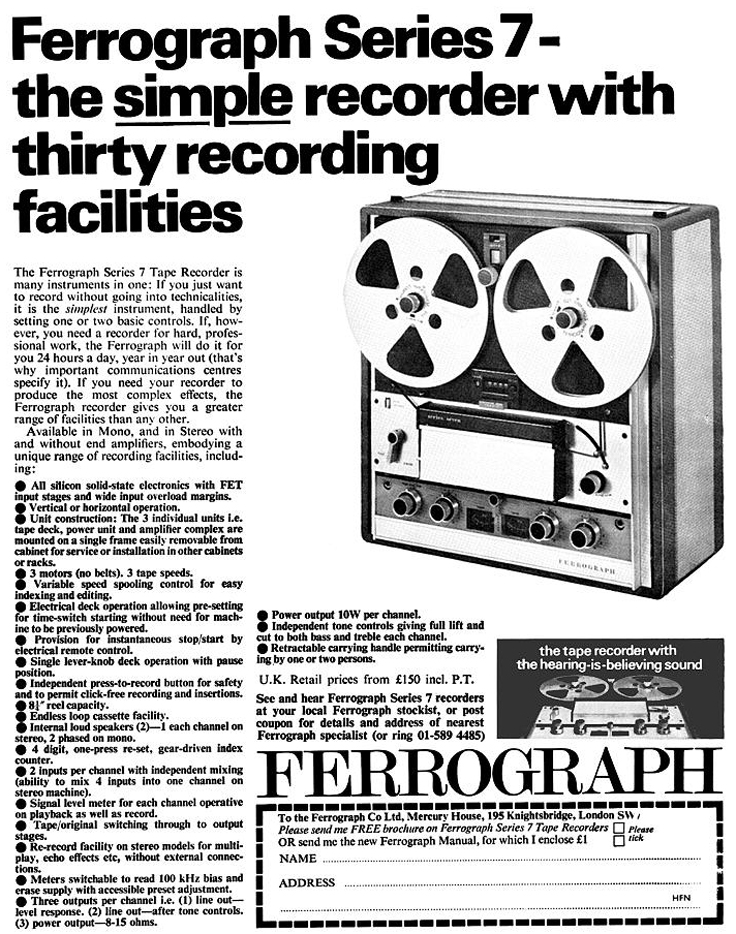
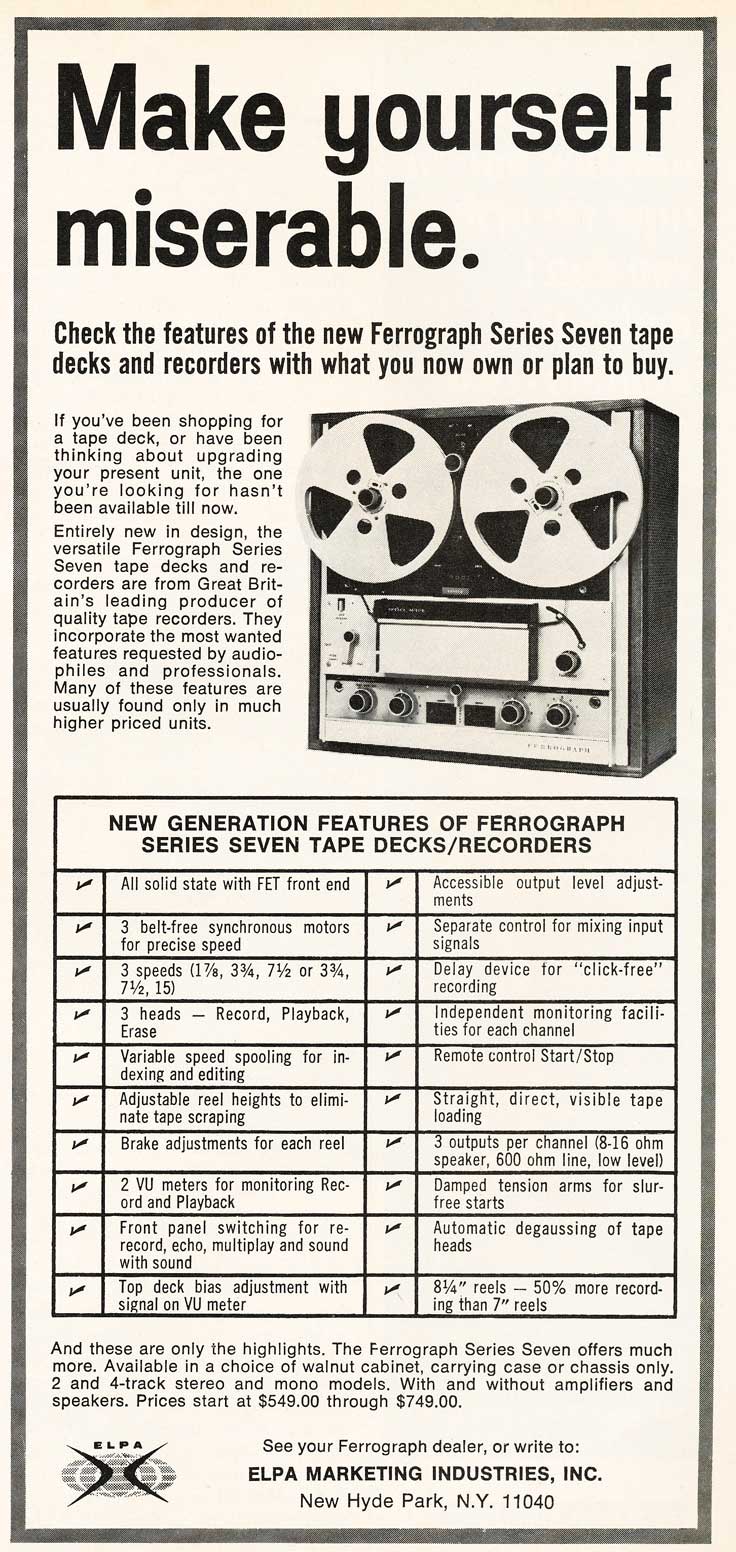
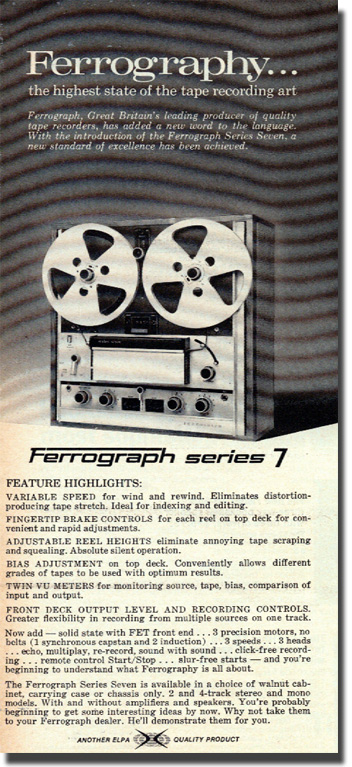

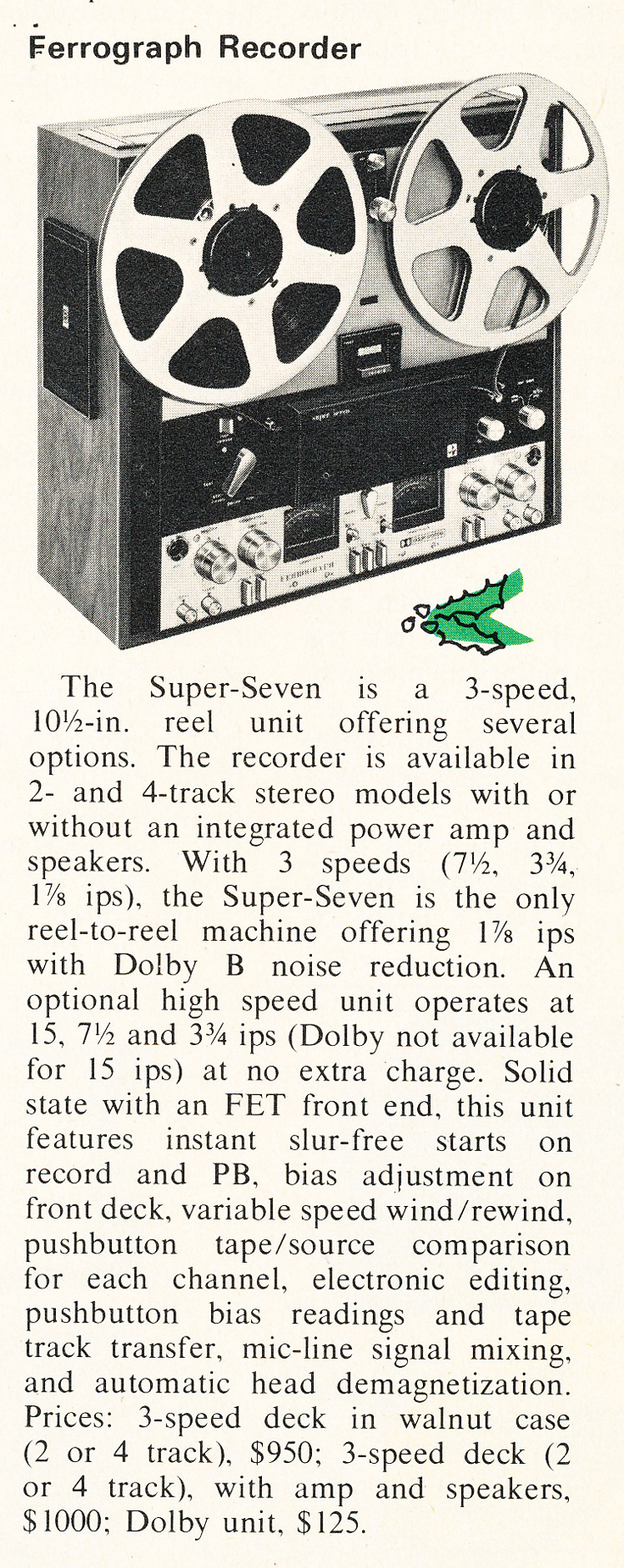
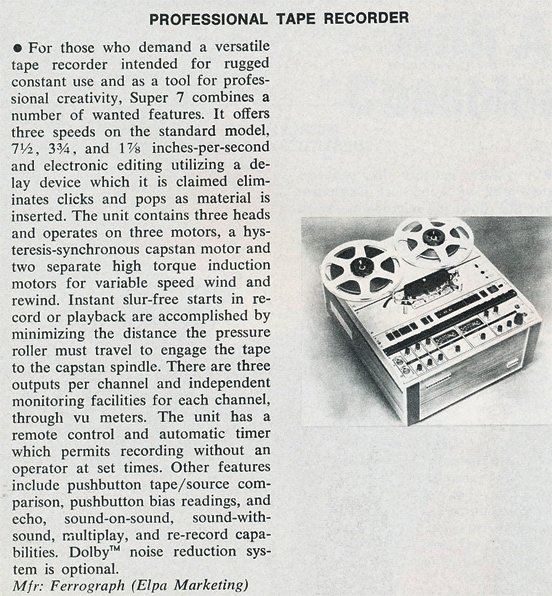
Grace's Guide More information at this link Ferrograph World

